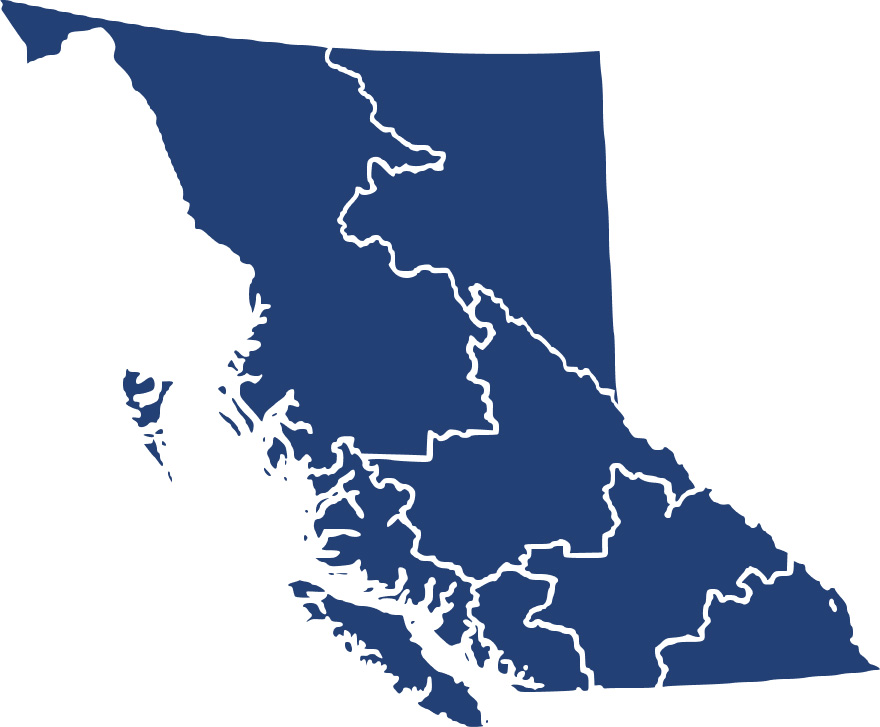Career Overview
Light duty cleaners ensure the lobbies, hallways, offices and rooms of office buildings, hotels, motels, resorts, hospitals, schools and private homes are clean.
Housekeepers perform housekeeping duties in private homes and institutional settings, such as a nursing home, hospital, rehabilitation center or other inpatient facility.
Duties
Light duty cleaners and housekeepers may perform some or all of the following:
- Dust furniture and baseboards
- Sweep, mop and wash floors
- Vacuum carpeting, area rugs, curtains and soft furniture
- Spot-clean walls and doors
- Make beds and change sheets
- Clean, disinfect and polish kitchen appliances as well as bathroom fixtures
- Clean and disinfect public areas, such as changing rooms, showers as well as elevators
- Disinfect high-touch surfaces, including door handles, railings and light switches
- Pick up trash and empty garbage cans
- Stock linen closets and supply areas
- Report and store lost-and-found items
- May provide basic information on facilities
- May handle complaints
Those working in hotels, motels and resorts also provide guests with clean towels and toiletries. Those working in hospitals disinfect operating rooms and other areas.
Light duty cleaners may sometimes do heavier cleaning, such as waxing and polishing floors.
Housekeepers may also clean, maintain and manage private homes. They may help with home-management tasks, like organizing a family's calendar or running errands, as well as planning and making meals. Some housekeepers also serve meals and care for children.
Earnings
Earnings is income that workers receive in exchange for their labour. Depending on the type of employment, earnings can be in the form of wages (hourly), salaries (fixed monthly or annual) or self-employed earnings.
Work Environment
# Workers Employed
28,520% Employed Full Time
28%Light duty cleaners and housekeepers can work for different organizations, including:
- Hotels, motels, resorts and recreational facilities
- Hospitals
- School boards
- Offices
- Building management companies
- Cleaning service companies
They may also work for private individuals or be self-employed.
The work takes place indoors. Most office buildings are cleaned when they are empty, which means that cleaners may work evening hours.
This work is physical. Many tasks, such as dusting and sweeping, require bending, stretching, stooping, kneeling as well as crouching. Some tasks, like cleaning bathroom fixtures and emptying trash cans, can be unpleasant.
Light duty cleaners use cleaning products and can be exposed to toxic substances and strong odours. Recently though, more natural products have become commonplace.
Housekeepers may be employed by many types of households with a range of income levels.
Most housekeepers are day workers who live in their own homes. Others live in their employer’s home. Live-in housekeepers usually work longer hours. If they work evenings or weekends, they may get additional time off.
Most housekeeping work is done alone. Some live-in workers may feel isolated from family and friends. Others become part of their employer’s family and gain satisfaction from caring for them. Housekeepers are on their feet most of the day and do a great deal of walking, lifting, bending and reaching. This can put them at risk for back or neck injury.
Career Pathways
Progression to supervisory cleaning positions is possible with additional training or experience.
Housekeepers usually have limited options for promotion. Advancement can take the form of higher pay and better working conditions. Some housekeepers choose self-employment.
Related Careers
Occupational Interests
It’s important to understand what kinds of occupations align with your interests.
For more about occupational interests visit Skills for the Future Workforce > Characteristics.
Here are the top occupational interest(s) for this career profile:
Job Titles
Education, Training and Skills
In general, light duty cleaners do not need a specific educational background. Some employers may seek workers with training or certification as housekeeping room attendants.
Health and safety training is usually provided on the job.
Housekeepers may need:
- Some secondary school
- Experience in child care or home management
Education programs in B.C.

Skills
Every job calls for a certain set of skills. Knowing those skills is the first step in finding a good career fit.
Here, you will find the 10 most relevant workplace skills. Some are more important to achieving success in a certain career than others. These skills may come naturally to you or you may need to gain them through education, training and experience.
See the list of work-related skills below, ranked in order of importance for this career. Check out the list and see if this career matches your skills—take that first step!
Actively looking for ways to help people.
Giving full attention to what other people are saying, taking time to understand the points being made, asking questions as appropriate, and not interrupting at inappropriate times.
Being aware of others’ reactions and understanding why they react as they do.
Using logic and reasoning to identify the strengths and weaknesses of alternative solutions, conclusions or approaches to problems.
Keeping track of and assessing your performance, other individuals, or organizations to make improvements or take corrective action.
Talking to others to share information effectively.
Managing one’s own time and the time of others.
Adjusting actions in relation to others' actions.
Understanding written sentences and paragraphs in work-related documents.
Teaching others how to do something.
Labour Market Statistics
Discover data, facts and information that have been gathered and analyzed. Learn about the characteristics of the economy and labour market in B.C.
Employment
Find out about employment types and trends by region and industry.
Employment
28,520Employment by Region















| Region | Employment | % Employment of this Occupation |
|---|---|---|
| Cariboo | 1,010 | 3.5% |
| Kootenay | 1,070 | 3.8% |
| Mainland/Southwest | 15,975 | 56.0% |
| North Coast and Nechako | 680 | 2.4% |
| Northeast | 515 | 1.8% |
| Thompson-Okanagan | 4,020 | 14.1% |
| Vancouver Island/Coast | 5,255 | 18.4% |
Labour Market Outlook
The B.C. Labour Market Outlook is a 10-year forecast of the expected supply and demand for labour in the province. It’s usually updated every year. The purpose is to provide British Columbians with the knowledge to make informed decisions on careers, skills training, education and hiring.
Forecasted Job Openings (2023-2033)
12,750Forecasted Job Openings
Forecasted Employment Growth Rate
Composition of Job Openings
Job Openings by Region (2023-2033)















| Region | Job Openings | Avg. Annual Employment Growth |
|---|---|---|
| Cariboo | 340 | 0.7% |
| Kootenay | 320 | 0.5% |
| Mainland/Southwest | 7,180 | 1.0% |
| North Coast and Nechako | 200 | 0.8% |
| Northeast | 210 | 1.2% |
| Thompson-Okanagan | 1,790 | 1.5% |
| Vancouver Island/Coast | 2,700 | 1.7% |
Industry Highlights
Learn about the opportunities in B.C.'s major industries, including employment trends, earning potential, locations of work and more.
Forecasted Job Openings by Industry
| Industry | Job Openings (2023-2033) |
|---|---|
| Business, Building And Other Support Services | 4,520 |
| Health Care And Social Assistance | 2,810 |
| Accommodation And Food Services | 2,780 |
| Repair, Personal And Non-Profit Services | 1,020 |
| Manufacturing | 210 |
Insights from Industry
The COVID-19 pandemic made the importance of this work very clear. Higher standards and more focus on cleaning and disinfecting, both in public places and private homes, increased the demands on cleaners.
Nevertheless, employment for light duty cleaners fell significantly in British Columbia as the pandemic took hold. As more people worked from home and fewer people travelled, the need for cleaners in offices and hotels decreased. The pandemic also led to lower demand for in-home cleaning.
As the pandemic eases, the demand for light duty cleaners has begun to increase. Higher expectations for building cleanliness will likely continue. Light duty cleaners who can find efficient and economical ways to keep buildings clean and safe are expected to be in strong demand by building owners.
For housekeepers, demand rises as families have more disposable income and less time to do household chores.
Resources
Resource information is currently not available.








